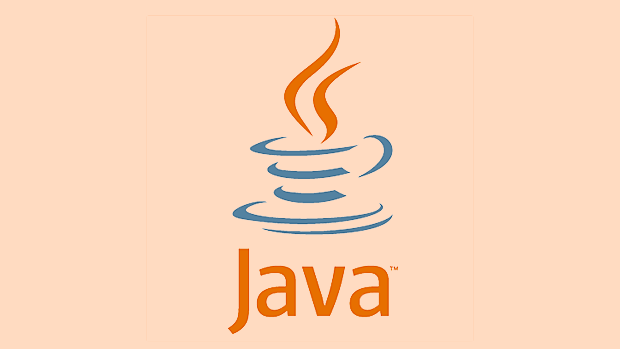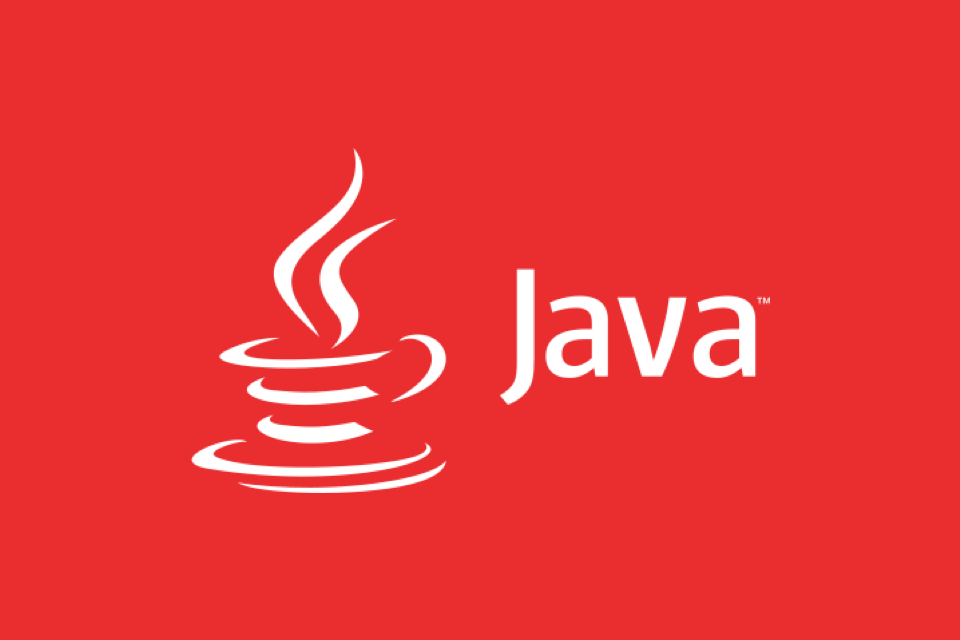java add element to arraylist
The main method to add elements to ArrayList in Java is to use the add() method, which can select different overload forms according to your needs: 1. Use add(element) to add the element to the end of the list; 2. Use add(index, element) to insert elements at the specified position. For example, list.add("apple") is added to the end, while list.add(0, "banana") is inserted to the first position. In addition, to avoid runtime type errors, you should specify a generic type when creating an ArrayList, such as ArrayList

Adding elements to ArrayList in Java is actually a very basic operation, but for newbies who are just starting out, they still need to pay attention to some details. Let’s talk about the key point directly: you can add elements to ArrayList by using the add() method , but depending on the usage scenario, there may be different calling methods.

Several common uses of the add() method
Java's ArrayList provides multiple overloaded versions of add() methods, the most commonly used are the following two:
-
add(element): add an element to the end of the list -
add(index, element): Insert element at the specified position
For example:

ArrayList<String> list = new ArrayList<>();
list.add("apple"); // Add to the end list.add(0, "banana"); // Insert to the first position After writing this way, the order in the list is "banana", "apple" .
If you just want to add it to the end, use the first one; if you need to jump into a certain position, the second one is very practical.

What should I pay attention to when adding different types of data?
ArrayList is a generic class. It is best to specify the type clearly when creating, such as ArrayList<Integer> or ArrayList<String> . This avoids runtime type errors.
The following example is not recommended:
ArrayList list = new ArrayList(); // without generic list.add("hello");
list.add(123); // Although it can be compiled and passed, it is prone to errorsAlthough various types of elements can be added, it is easy to make mistakes due to inconsistent types when taken out. So it is recommended to always use generics:
ArrayList<String> safeList = new ArrayList<>();
safeList.add("hello");
// safeList.add(123); // Compile error, find problems in advanceHow to add elements in batches?
If you want to add multiple elements at once, you can use addAll() method:
ArrayList<String> list1 = new ArrayList<>(Arrays.asList("a", "b", "c"));
ArrayList<String> list2 = new ArrayList<>();
list2.addAll(list1); At this time, list2 has "a", "b", "c" . You can also specify the index location to insert a batch of data:
list2.addAll(1, list1); // Start inserting at index 1
This method is suitable for copying data from another set, which is more efficient and simpler than add .
Notes and FAQs
- Index out of bounds : When inserting an element, the index cannot exceed the current list length, otherwise
IndexOutOfBoundsExceptionwill be thrown. - null value :
ArrayListallowsnullto be added, but frequent mixing of uses may cause null pointer exceptions, so be careful to deal with - Automatic capacity expansion mechanism : no manual capacity control is required, internal adjustment will be automatically adjusted, but if you know the size in advance, you can use the constructor to specify the initial capacity to improve performance
Basically that's it. It is not complicated to operate, but it is easy to get stuck if you don’t pay attention, especially the type and index issues.
The above is the detailed content of java add element to arraylist. For more information, please follow other related articles on the PHP Chinese website!

Hot AI Tools

Undress AI Tool
Undress images for free

Undresser.AI Undress
AI-powered app for creating realistic nude photos

AI Clothes Remover
Online AI tool for removing clothes from photos.

Clothoff.io
AI clothes remover

Video Face Swap
Swap faces in any video effortlessly with our completely free AI face swap tool!

Hot Article

Hot Tools

Notepad++7.3.1
Easy-to-use and free code editor

SublimeText3 Chinese version
Chinese version, very easy to use

Zend Studio 13.0.1
Powerful PHP integrated development environment

Dreamweaver CS6
Visual web development tools

SublimeText3 Mac version
God-level code editing software (SublimeText3)
 How to handle transactions in Java with JDBC?
Aug 02, 2025 pm 12:29 PM
How to handle transactions in Java with JDBC?
Aug 02, 2025 pm 12:29 PM
To correctly handle JDBC transactions, you must first turn off the automatic commit mode, then perform multiple operations, and finally commit or rollback according to the results; 1. Call conn.setAutoCommit(false) to start the transaction; 2. Execute multiple SQL operations, such as INSERT and UPDATE; 3. Call conn.commit() if all operations are successful, and call conn.rollback() if an exception occurs to ensure data consistency; at the same time, try-with-resources should be used to manage resources, properly handle exceptions and close connections to avoid connection leakage; in addition, it is recommended to use connection pools and set save points to achieve partial rollback, and keep transactions as short as possible to improve performance.
 Java Virtual Threads Performance Benchmarking
Jul 21, 2025 am 03:17 AM
Java Virtual Threads Performance Benchmarking
Jul 21, 2025 am 03:17 AM
Virtual threads have significant performance advantages in highly concurrency and IO-intensive scenarios, but attention should be paid to the test methods and applicable scenarios. 1. Correct tests should simulate real business, especially IO blocking scenarios, and use tools such as JMH or Gatling to compare platform threads; 2. The throughput gap is obvious, and it can be several times to ten times higher than 100,000 concurrent requests, because it is lighter and efficient in scheduling; 3. During the test, it is necessary to avoid blindly pursuing high concurrency numbers, adapting to non-blocking IO models, and paying attention to monitoring indicators such as latency and GC; 4. In actual applications, it is suitable for web backend, asynchronous task processing and a large number of concurrent IO scenarios, while CPU-intensive tasks are still suitable for platform threads or ForkJoinPool.
 how to set JAVA_HOME environment variable in windows
Jul 18, 2025 am 04:05 AM
how to set JAVA_HOME environment variable in windows
Jul 18, 2025 am 04:05 AM
TosetJAVA_HOMEonWindows,firstlocatetheJDKinstallationpath(e.g.,C:\ProgramFiles\Java\jdk-17),thencreateasystemenvironmentvariablenamedJAVA_HOMEwiththatpath.Next,updatethePATHvariablebyadding%JAVA\_HOME%\bin,andverifythesetupusingjava-versionandjavac-v
 Implement a linked list in Java
Jul 20, 2025 am 03:31 AM
Implement a linked list in Java
Jul 20, 2025 am 03:31 AM
The key to implementing a linked list is to define node classes and implement basic operations. ①First create the Node class, including data and references to the next node; ② Then create the LinkedList class, implementing the insertion, deletion and printing functions; ③ Append method is used to add nodes at the tail; ④ printList method is used to output the content of the linked list; ⑤ deleteWithValue method is used to delete nodes with specified values and handle different situations of the head node and the intermediate node.
 Java Microservices Service Mesh Integration
Jul 21, 2025 am 03:16 AM
Java Microservices Service Mesh Integration
Jul 21, 2025 am 03:16 AM
ServiceMesh is an inevitable choice for the evolution of Java microservice architecture, and its core lies in decoupling network logic and business code. 1. ServiceMesh handles load balancing, fuse, monitoring and other functions through Sidecar agents to focus on business; 2. Istio Envoy is suitable for medium and large projects, and Linkerd is lighter and suitable for small-scale trials; 3. Java microservices should close Feign, Ribbon and other components and hand them over to Istiod for discovery and communication; 4. Ensure automatic injection of Sidecar during deployment, pay attention to traffic rules configuration, protocol compatibility, and log tracking system construction, and adopt incremental migration and pre-control monitoring planning.
 Advanced Java Collection Framework Optimizations
Jul 20, 2025 am 03:48 AM
Advanced Java Collection Framework Optimizations
Jul 20, 2025 am 03:48 AM
To improve the performance of Java collection framework, we can optimize from the following four points: 1. Choose the appropriate type according to the scenario, such as frequent random access to ArrayList, quick search to HashSet, and concurrentHashMap for concurrent environments; 2. Set capacity and load factors reasonably during initialization to reduce capacity expansion overhead, but avoid memory waste; 3. Use immutable sets (such as List.of()) to improve security and performance, suitable for constant or read-only data; 4. Prevent memory leaks, and use weak references or professional cache libraries to manage long-term survival sets. These details significantly affect program stability and efficiency.
 Comparing Java Frameworks: Spring Boot vs Quarkus vs Micronaut
Aug 04, 2025 pm 12:48 PM
Comparing Java Frameworks: Spring Boot vs Quarkus vs Micronaut
Aug 04, 2025 pm 12:48 PM
Pre-formanceTartuptimeMoryusage, Quarkusandmicronautleadduetocompile-Timeprocessingandgraalvsupport, Withquarkusoftenperforminglightbetterine ServerLess scenarios.2.Thyvelopecosyste,
 Building RESTful APIs in Java with Jakarta EE
Jul 30, 2025 am 03:05 AM
Building RESTful APIs in Java with Jakarta EE
Jul 30, 2025 am 03:05 AM
SetupaMaven/GradleprojectwithJAX-RSdependencieslikeJersey;2.CreateaRESTresourceusingannotationssuchas@Pathand@GET;3.ConfiguretheapplicationviaApplicationsubclassorweb.xml;4.AddJacksonforJSONbindingbyincludingjersey-media-json-jackson;5.DeploytoaJakar







